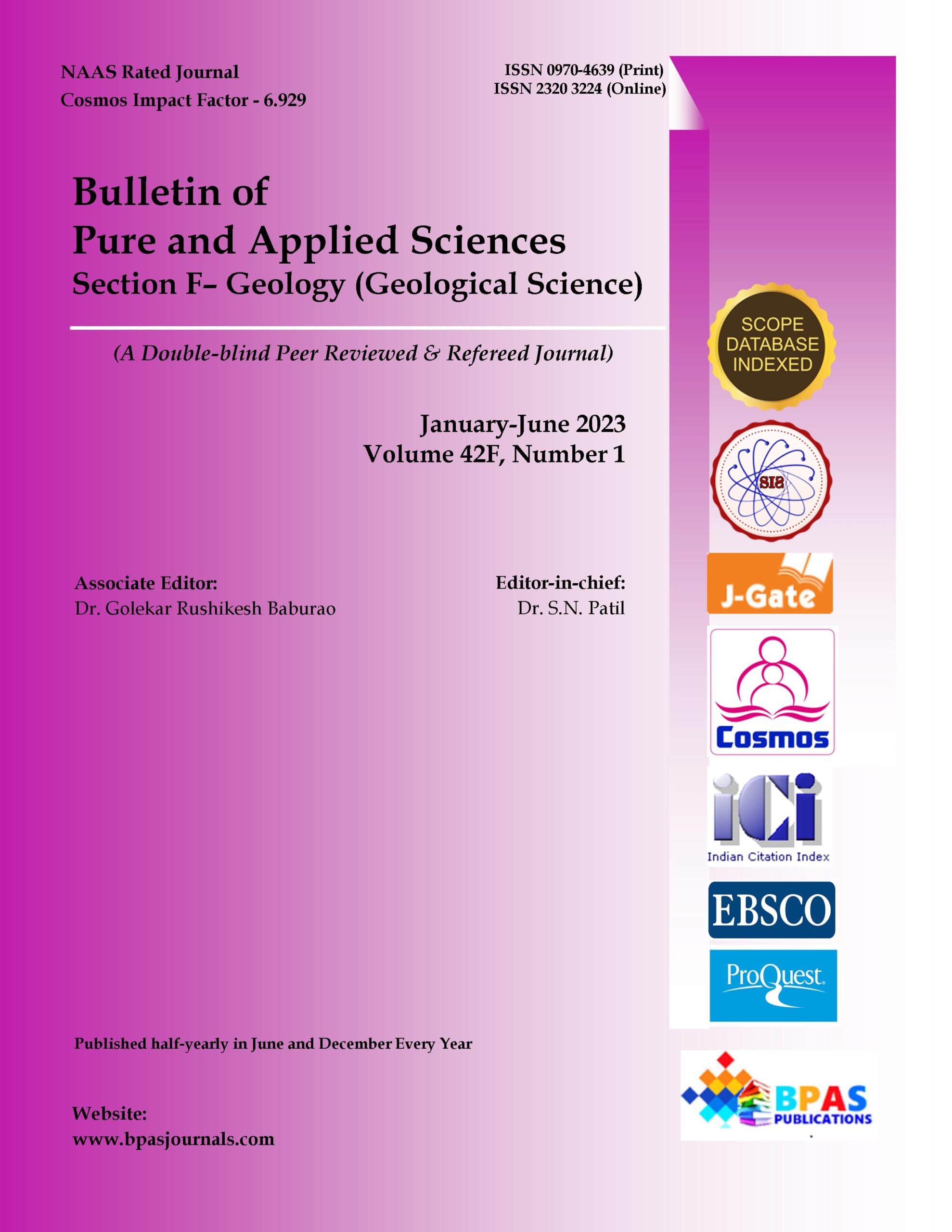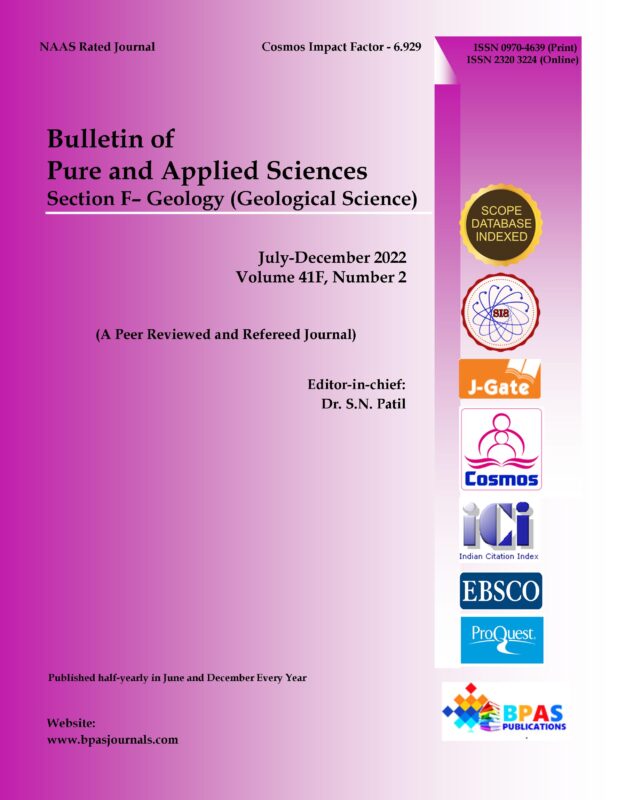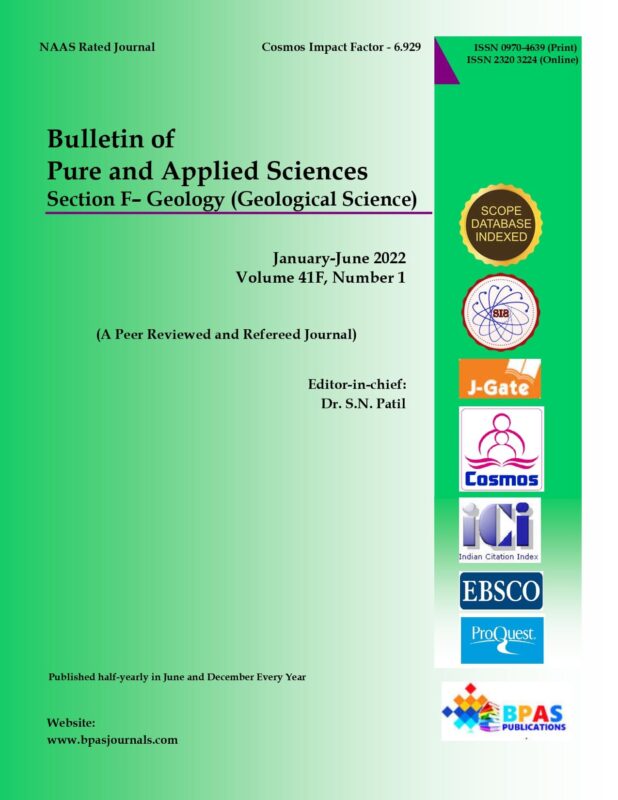Common Flora of Walls, Cracks and Crevices in Benin City, Nigeria
9.38$
1Aderiike Adewumi, 2Cynthia Ubah, 3Oluwapelumi Micheal Ajiboye*, and 4Emmanuel Izaka Aigbokhan
| Bulletin of Pure and Applied Sciences.
Geology (Geological Science), Vol.42F, No.1, January-June 2023: P.144-154 |
| Original Article
DOI: 10.48165/bpas.2023.42F.1.12 |
Description
Common Flora of Walls, Cracks and Crevices in Benin City, Nigeria
1Aderiike Adewumi, 2Cynthia Ubah, 3Oluwapelumi Micheal Ajiboye*, and 4Emmanuel Izaka Aigbokhan
| Author’s Affiliations:
1Department of Basic Science, School of Sciences and Technology, Babcock University, Ilishan-Remo, Ogun State, Nigeria E-mail: adewumia@babcock.edu.ng 2Department of Plant Biology and Biotechnology, University of Benin, Benin City, Edo State, Nigeria E-mail: cy_ubah52@yahoo.com 3Department of Basic Science, School of Sciences and Technology, Babcock University, Ilishan-Remo, Ogun State, Nigeria E-mail: oluwapelumiajii@gmail.com 4Department of Plant Biology and Biotechnology, University of Benin, Benin City, Edo State, Nigeria E-mail: eaigbokhan@uniben.edu
|
|
| *Corresponding Author: Oluwapelumi Micheal Ajiboye, Department of Basic Science, School of Sciences and Technology, Babcock University, Ilishan-Remo, Ogun State, Nigeria.
E-mail: oluwapelumiajii@gmail.com
|
|
(Received on 25.01.2023, Revised on 20.03.2023, Approved on 10.05.2023, Accepted on 19.05.2023, Published on 15.06.2023)
|



